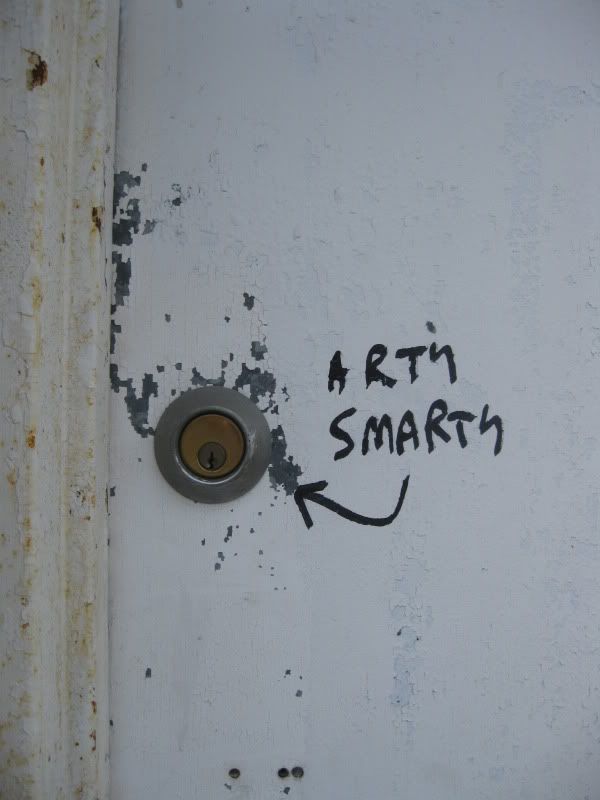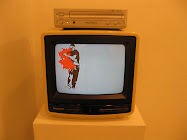
Another molting is underway in town; I see the signs of desperation everywhere. They’re at the market on Airline, outside the Fire Museum in Midtown, at Lee High off Hillcroft, on 45 and 59, in every parking lot. They say Kentucky, Michigan, Tennessee, California, Mississippi. There are thousands, but I can only profess to have seen a small sliver of their subtle symbols. Their reasons for being here are numerous, if not wide-ranging. There are jobs to be had. Like New York, except for the occasional Chihuahua state license plate. Houston as the air-conditioned city was a 20th century feat, but it remains to be seen what a doubling in the city’s size between 2000 and 2030 will do. Poised to surpass Chicago in population in the 2010 census, Houston will soon be the third largest city in America.
Houston’s artworld has always been driven by ex-pats from all places “lower 48” and across the world and it is richer for being so. While in this winding bayou, the binding force of Texas’ rich tradition of expressionism doesn’t touch all of its artists, but those who delve into it are better for doing so. Thirty years into the velvet revolution sparked by James Surls at the Lawndale Annex in the East End the evolution of characteristic Houston artists is a mature subject replete with heroes, villains and muses. Characterized as Imagist by Walter Hopps, enraptured with the battle between outside influence and outsider art, populist and vulgar, kitschy yet ashamedly folk, Houston artists have built a conscientious covenant with their environment, the wet, hot, green overgrowth punctured by steel and concrete. Ink has been spilled lauding and eviscerating individual merits- building a body of criticism that is sufficiently historical as to be said to exist. It won’t take long for it to be written into history books.
In figures like John Biggers, James Surls, Lucas Johnson, Sharon Kopriva, Mel Chin and Mark Flood a protagonist is present for trials and tribulations. In every good story there is an apropos foil. To wit, the ideals and sensibilities of Jermayne MacAgy, Dominique deMenil, Alison de Lima Greene, Joe Havel and Linda Cathcart represent the other side of the city’s cultural coin, refined, intellectual and cunning. Stories flesh out a scene set to a rolling boil for decades. Transplants took sides in the local debate and Texans travelled and lived the world over. Surrealists, conceptualists, abstract expressionists and pop artists touched both sides of the debate in significant and real ways, a notion glazed over in petty territorial skirmishes. Modernism’s local distortion is manifest in confusion, terror and bliss in any and all media. The only thing that seems to fall flat here is smart commentary, the taste bends toward the sweet of emotion over the salt of thought. Visceral reality, tortured fantasy, it will all be part of a great story one day.
(when this was printed in the Free Press, I had neglected to delete one of those facebook lists people write, and it was printed too. i won't tell you what its for, its just another list)
Naked Lunch
The Wild Boys
Les Miserables
The Hobbit
Trainspotting
The Fuck-Up
A History of Paris
After the End of Art
The Magnetic Fields
Unbearable Lightness of Being
Big Sur
Catcher in the Rye
Roots
AD&D Dungeon Master’s Guide
Team of Rivals
The Emancipated Schoolteacher
Naked Lunch
The Wild Boys
Les Miserables
The Hobbit
Trainspotting
The Fuck-Up
A History of Paris
After the End of Art
The Magnetic Fields
Unbearable Lightness of Being
Big Sur
Catcher in the Rye
Roots
AD&D Dungeon Master’s Guide
Team of Rivals
The Emancipated Schoolteacher
























0 comments:
Post a Comment